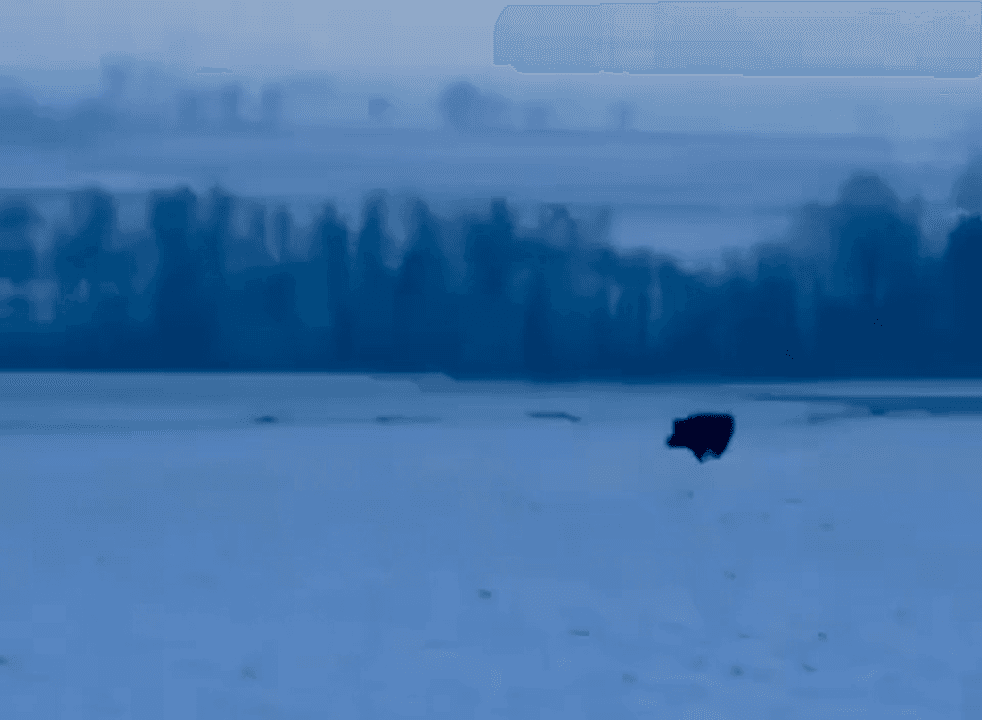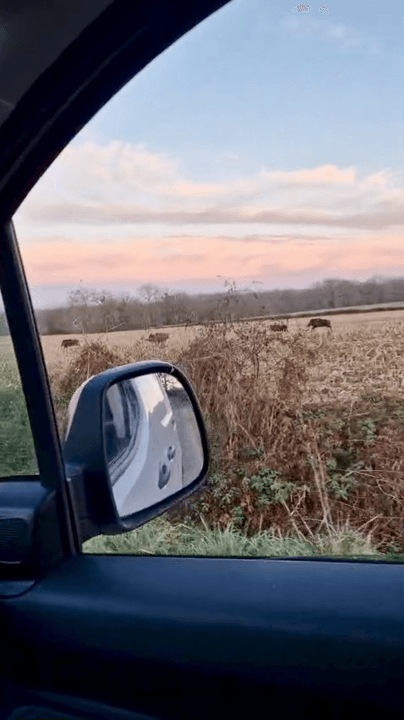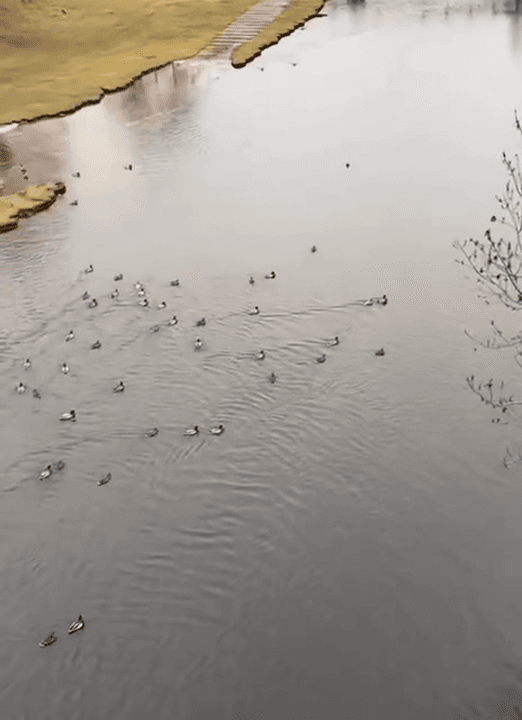
In recent years, Polish hunters have had many reasons to be proud. The number of wild boar is growing in Poland from year to year, and the number of medal trophies is multiplying, which puts Polish wild-boar hunting in a leading position in Europe. Foreigners like to come to Poland to hunt wild boars, as about 300,000 of these animals are harvested in the local lands every year. In Poland, more than 2,500 hunting clubs rent more than 5,000 hunting grounds. According to Polish law, the payment of compensation to farmers for damage caused by wild boars is the responsibility of hunting clubs that lease these lands. In Poland is prohibited from organizing corral hunting in areas whose territory is surrounded by a fence. It is possible to drive an animal only in natural conditions. The video shows that such a hunt is not the easiest. And here a lot depends on the skills of the hunter. An important part of the income of Polish hunting clubs, which operate as small businesses, are funds from tourism. Every year, Polish clubs sell hunting tours worth about 20 million euros. However, the proceeds from the harvested animals do not compensate for the losses in the farmers' fields. Even the income from the extraction of 300,000 wild boars is not enough to cover the damage paid to farmers. There is a single structure in Poland that unites hunters — the Polish Hunting Union, which has existed for more than 90 years. This allows, on the one hand, the authorities of the Polish Hunting Union to effectively monitor the ethics and legality of hunters' activities and the regulation of the game population within individual hunting farms.
Post: 19 January 21:36






















